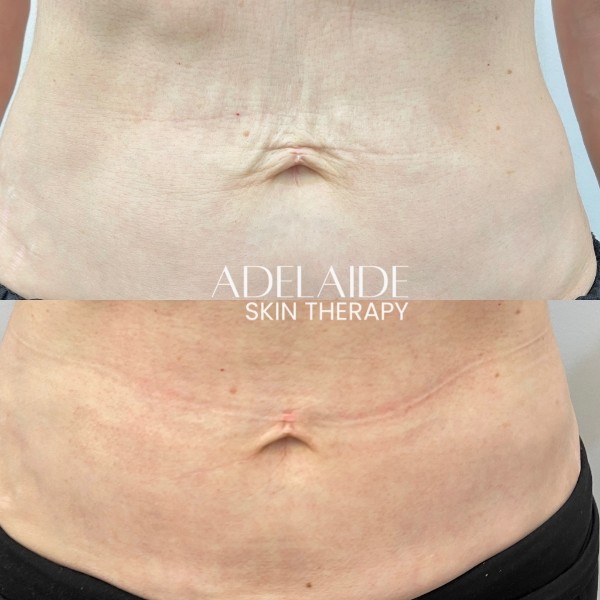Scar Removal and Revision Work
Dry tattooing is the most precise and intense form of skin needling available on the market. It involves a similar procedure to tattoo’ing, however we do not use pigments. During the healing process the skin remodels it’s damaged structure. Using the same principles as micro needling, the different needle configurations available create evenly distributed micro-injuries on the damaged skin for blood to come into the treated area. This blood brings nutrients, oxygen and growth hormones, essentially new life to the damaged skin, resulting in the growth of healthy new collagen.
It is a natural method that helps to relax, fill and fade scars and stretch marks. It also helps improve skin discolouration and texture.
With Dry Tattooing we can isolate scars, wrinkles and stretch marks to induce collagen production only where it is needed. By isolating the scar tissue we can achieve faster results than with any other micro needling treatment. Areas that are not affected are not treated. Treatment times can be surprisingly quick, and numbing cream is used before and during the treatment, so pain is not something you need to worry about.
What Machine Do I Use For Dry Tattoo’ing
I use a Digital Tattoo’ing Machine.
Dry Tattooing has been known within the medical community for almost 30 years as MCA and is used by dermatologists and breast cancer nurses to improve scarring.
What Scars Can Be Treated?
- Acne scars
- Stretch marks
- Surgical scars on face and body
- Trauma or accident scars
- Self-harm scars
- Burns
- Wrinkles and overall skin rejuvenation
- Broken capillaries
What scars cannot be treated?
Active Keloid Scars. They are raised and grow outside the boundary of the original scar tissue forming smooth, hard growths called keloids. Not all raised scars are keloid, hypertrophic scars are also raised but stay within the boundary of the original wound. Active keloids are still growing, inactive keloids have not grown for more than a year and the centre of the scar has become a more normal skin colour.
What happens to the scars?
- New tissue grows in the treated area
- Loose and sunken scars and stretch marks begin to fill and firm up
- Skin and scars discolouration normalises
- Raised and bumpy scars smooth and flatten
- Tight, restrictive and fibrous scar tissue breaks up
- Numb areas of burnt or scarred tissue can begin to have sensations
What happens during treatment?
Firstly we’ll have a consultation over the phone, email or via social media, where you’ll send pictures of the area’s to be treated (these images must be clear and taken by a window or preferably in natural sunlight) you will also need to answer a few questions about the scar and your medical history.
A treatment session will then be booked.
During the session the area to be treated will be reassessed, pictures will be taken and the area will be numbed with topical numbing cream.
The right needle configuration will be chosen for the type of scar to be treated.
During treatment you might feel a slight discomfort but not pain.
No pigment is tattooed into your skin.
Once the area is finished, it’ll be covered with micropore tape to protect it.
What happens after treatment?
After treatment the area will look very red and some areas, such as stretch marks will have some swelling. For the first 4 days it will be covered and it’s recommended to not exercise. The redness will start fading as the days go by and skin goes through the healing process.
How long before I see any results?
About 3 weeks after a treatment as new collagen starts to form. It’ll continue to develop over the coming weeks and months.
How many treatments and how long between?
Three treatments are recommended, the second session 4 to 6 weeks after the first, the third 6 weeks later. After the three treatments I suggest waiting at least 3 months before deciding if any more treatments are needed.
How long does the effect last?
For scars, burns and stretch marks results are permanent. New smoother skin will not revert, however the natural ageing process will not be stopped. For wrinkles and loose skin, maintenance treatments should be considered.


